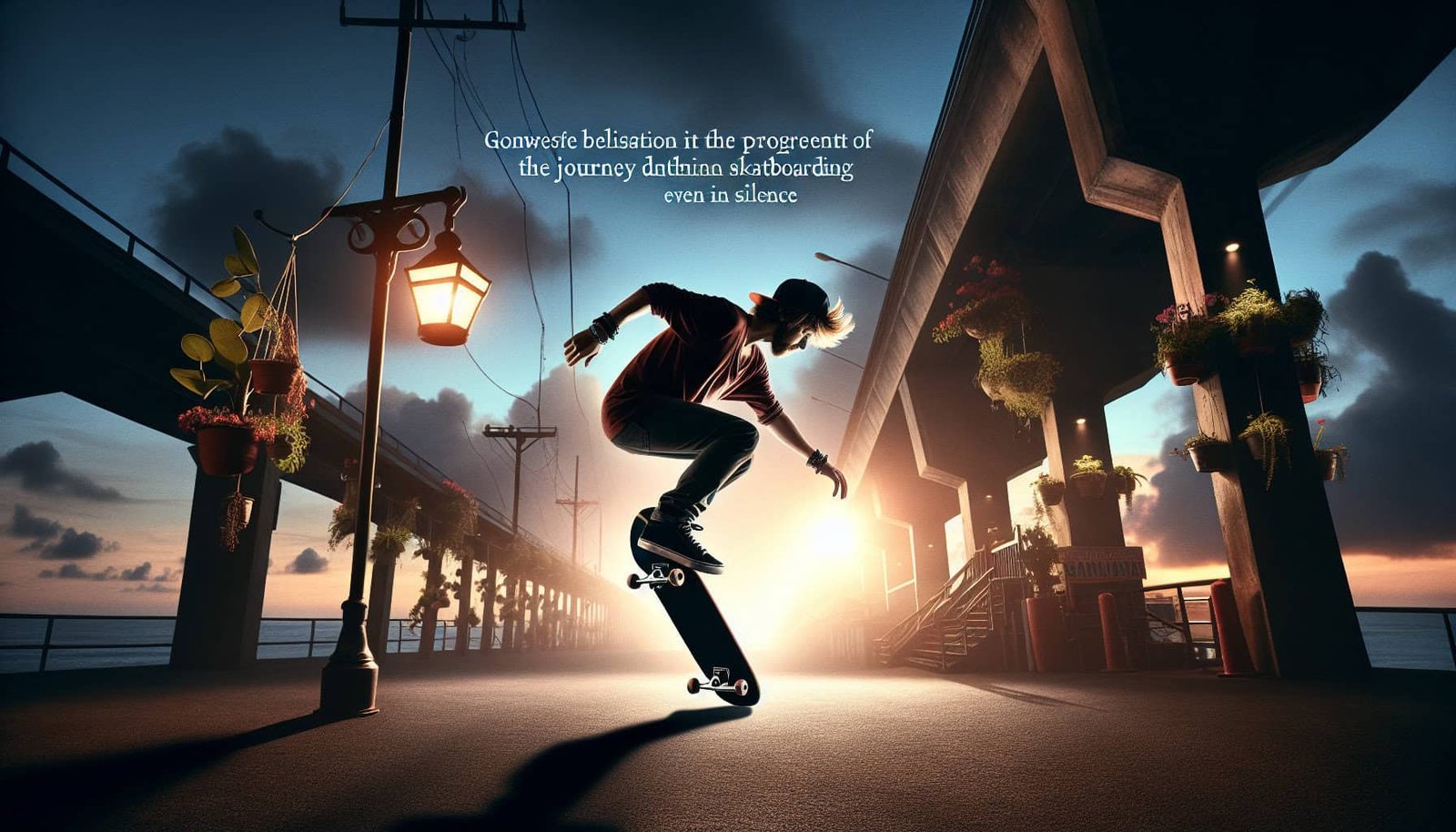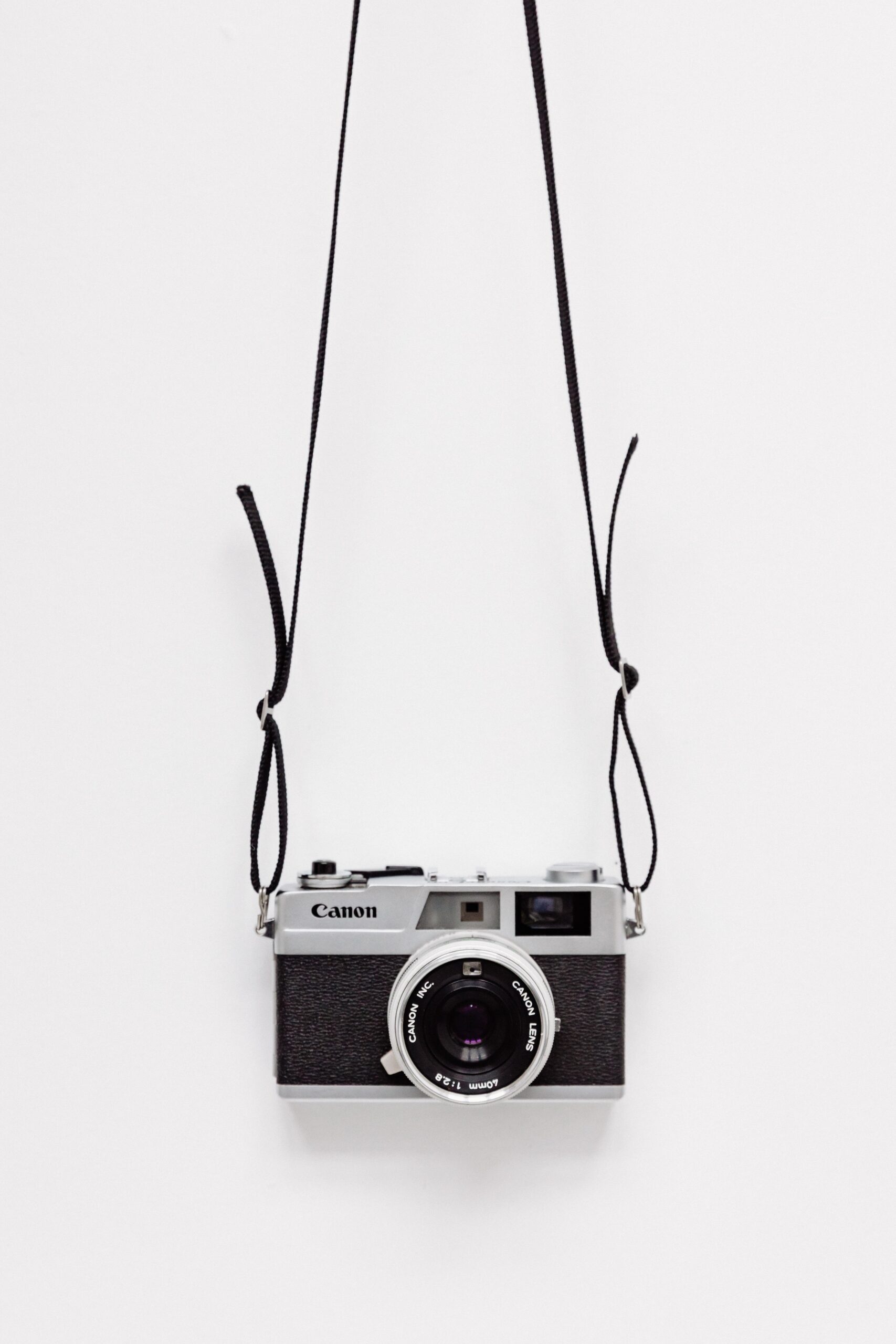Are you looking to capture and share your skateboarding journey? If so, you might be wondering how to approach skateboarding photography and videography to document your progress. Whether you’re a beginner or a seasoned skater, capturing your tricks and improvements can be a great way to track your growth and share your experiences with others. In this article, we will explore different ways you can approach skateboarding photography and videography to create captivating visuals that showcase your progress and skills on your board.
Equipment and Settings
Choosing the Right Camera
When it comes to skateboarding photography and videography, choosing the right camera is crucial. You want a camera that is capable of capturing fast-paced action, while also providing excellent image quality. Look for a camera with a high burst mode so you can capture multiple frames per second, allowing you to freeze the action at just the right moment. Consider investing in a camera with advanced autofocus capabilities to ensure your shots are sharp and in focus. Additionally, make sure the camera you choose has good low-light performance, as skateboarding often takes place in dimly lit areas such as indoor skate parks or during sunset sessions.
Lens Selection
The lens you choose will have a significant impact on the outcome of your skateboarding photography and videography. For capturing action shots, a telephoto lens with a focal length between 70-200mm is ideal. This lens allows you to zoom in on the skater and isolate them from the background, creating a dynamic and compelling image or video. Wide-angle lenses, on the other hand, are perfect for capturing the overall atmosphere and sense of place. They can be great for shooting skateboarding tricks from unique angles and highlighting the environment in which skaters perform their maneuvers.
Recommended Camera Settings
To capture the fast-paced action of skateboarding, certain camera settings are recommended. Firstly, set your camera to continuous autofocus mode to ensure your subject remains in focus as they move. In terms of exposure, it’s best to shoot in manual mode so you have complete control over the camera’s settings. Use a fast shutter speed, such as 1/1000th of a second or higher, to freeze the action and avoid motion blur. Adjust your ISO accordingly to maintain a well-exposed image or video, keeping in mind that higher ISO values may introduce noise. Lastly, shoot in RAW format to have more flexibility in post-processing and preserving image quality.
Lighting and Locations
Understanding Natural Light
Natural light can greatly enhance the mood and aesthetics of your skateboarding photography and videography. Familiarize yourself with the different qualities of light throughout the day. Early mornings and late afternoons offer soft, golden light that can create a warm and inviting atmosphere for your shots. These times of the day, often referred to as the “Golden Hour,” can also provide dramatic shadows and backlighting, adding depth and dimension to your images. Avoid shooting in harsh midday sunlight, as it can lead to unflattering shadows and overexposed highlights.
Utilizing Artificial Lighting
In situations where natural light is insufficient, or you want to create a more dramatic effect, artificial lighting can be a valuable tool. Flash photography, for instance, can help freeze the action and provide additional light when shooting in darker environments. Strobe lights can add a dynamic and edgy look to your skateboarding shots. Experiment with different lighting setups and techniques to achieve the desired results. However, be mindful not to blind or distract the skaters with excessive or misplaced lighting, as their safety and focus should always come first.
Selecting Optimal Locations
The choice of location plays a vital role in skateboarding photography and videography. Look for spots that offer interesting architecture, unique textures, or vibrant backgrounds that can add visual interest to your shots. Skate parks are natural choices for capturing skateboarding action since they are designed specifically for the sport and offer various features such as ramps, rails, and bowls. Urban environments, such as streets and plazas, can also provide great opportunities for capturing skaters in an urban landscape. Scout different locations beforehand to ensure you have a clear understanding of potential obstacles and safety considerations.
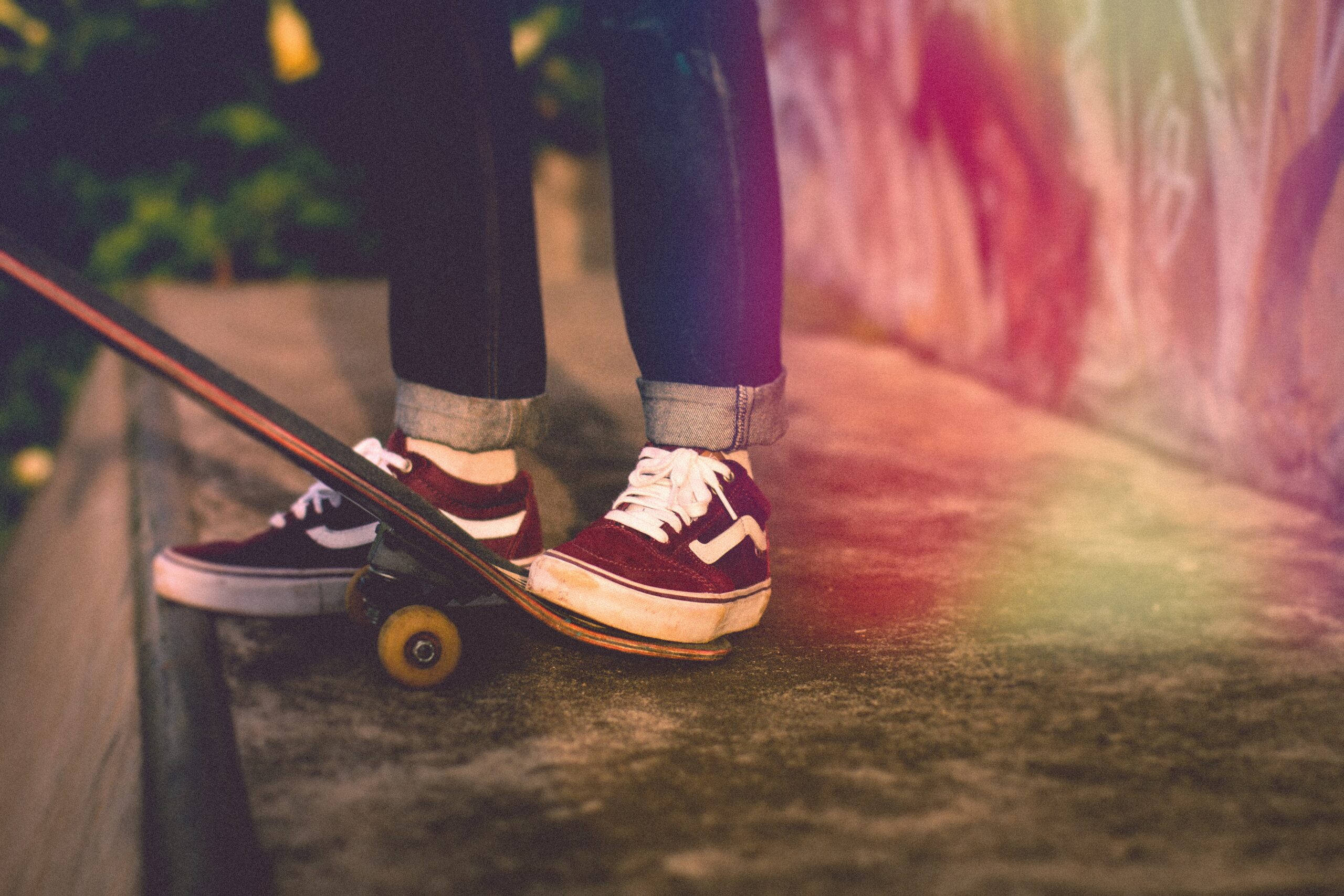
Composition Techniques
Rule of Thirds
The rule of thirds is a fundamental composition technique that can greatly enhance the visual impact of your skateboarding photography and videography. Imagine dividing your frame into a grid of nine equal parts by overlaying two horizontal and two vertical lines. The key elements of your scene, such as the skater or an interesting architectural feature, should ideally be placed along these gridlines or at their intersections. By following this guideline, you can create a visually balanced image or video that draws the viewer’s eye to the main subject while incorporating the surrounding environment.
Leading Lines
Leading lines are powerful compositional elements that can guide the viewer’s eye and add a sense of depth and movement to your skateboarding shots. Look for natural lines, such as railings, curbs, or paths, that lead towards your subject. Utilize these lines to create a visual journey within your image or video, drawing the viewer’s focus towards the skater. Leading lines can also be used to emphasize speed and motion, enhancing the overall sense of action in your shots.
Foreground and Background
To create visually compelling skateboarding photographs and videos, pay attention to both the foreground and background elements. The foreground can be used to frame your subject and add depth to the image, adding a sense of dimension. It can be achieved by shooting through objects, such as trees or architectural elements, or by including other skaters or spectators in the foreground. The background, on the other hand, should complement your subject without overpowering it. Keep an eye out for visually interesting backgrounds that can add context or showcase the skateboarding culture.
Framing the Subject
Framing is another technique that can elevate your skateboarding photography and videography. Look for frames within the environment, such as doorways, arches, or windows, that can naturally frame your subject. These frames can create a sense of enclosure, focusing the viewer’s attention on the skater while adding visual interest to your composition. Be creative and experiment with different framing options to add a unique and engaging perspective to your shots.
Utilizing Angles
Changing the camera angle is a simple yet effective way to add variety and visual interest to your skateboarding photographs and videos. Experiment with shooting from different perspectives, such as low angles or bird’s eye views, to capture unique and eye-catching images. Shooting from a low angle can emphasize the height and amplitude of tricks, while a higher angle can showcase the overall environment and provide a different viewpoint. Don’t be afraid to get down on the ground or climb to higher vantage points to capture the skater from unconventional angles.
Capturing Tricks and Techniques
Freezing the Action
One of the key challenges in skateboarding photography and videography is capturing the fast-paced action of tricks and maneuvers. To freeze the action, use a fast shutter speed that allows you to capture the skater in sharp focus. A shutter speed of 1/1000th of a second or higher is generally recommended, but you may need to adjust it based on the specific trick or desired effect. It’s essential to anticipate the moment and press the shutter button at the right time, capturing the peak action. Continuous autofocus mode can assist you in maintaining focus as the skater moves rapidly.
Panning Shots
Panning shots are an excellent technique for conveying a sense of speed and movement in skateboarding photography and videography. To achieve this effect, track the skater’s movement with your camera while using a slower shutter speed, typically around 1/30th of a second. As the skater moves, keep your subject in the frame and pan smoothly with them. By matching the speed of your camera movement to that of the skater, you can create a sharp subject against a blurred background, emphasizing their motion and adding a dynamic feel to your shots.
Slow Shutter Speeds for Motion Blur
In contrast to freezing the action, using slower shutter speeds can create intentional motion blur in your skateboarding photographs and videos. This technique can add a sense of energy and excitement, showcasing the fluidity of the skater’s movements. Experiment with different shutter speeds, such as 1/60th of a second or slower, depending on the speed of the trick and desired blur effect. It’s crucial to pan smoothly with the skater to ensure the motion blur appears intentional and not accidental camera shake.
Multiple Exposures for Sequence Shots
When documenting a skateboarding trick or sequence, capturing multiple exposures can provide a comprehensive visual narrative. This technique involves taking a series of rapid-fire shots as the skater performs the trick, capturing each stage of the movement. Later, you can combine these shots in post-processing or editing software to create a sequence shot that showcases the trick from start to finish. This technique adds a dynamic element to your skateboarding photography and videography, allowing the viewer to follow the progression of the trick.
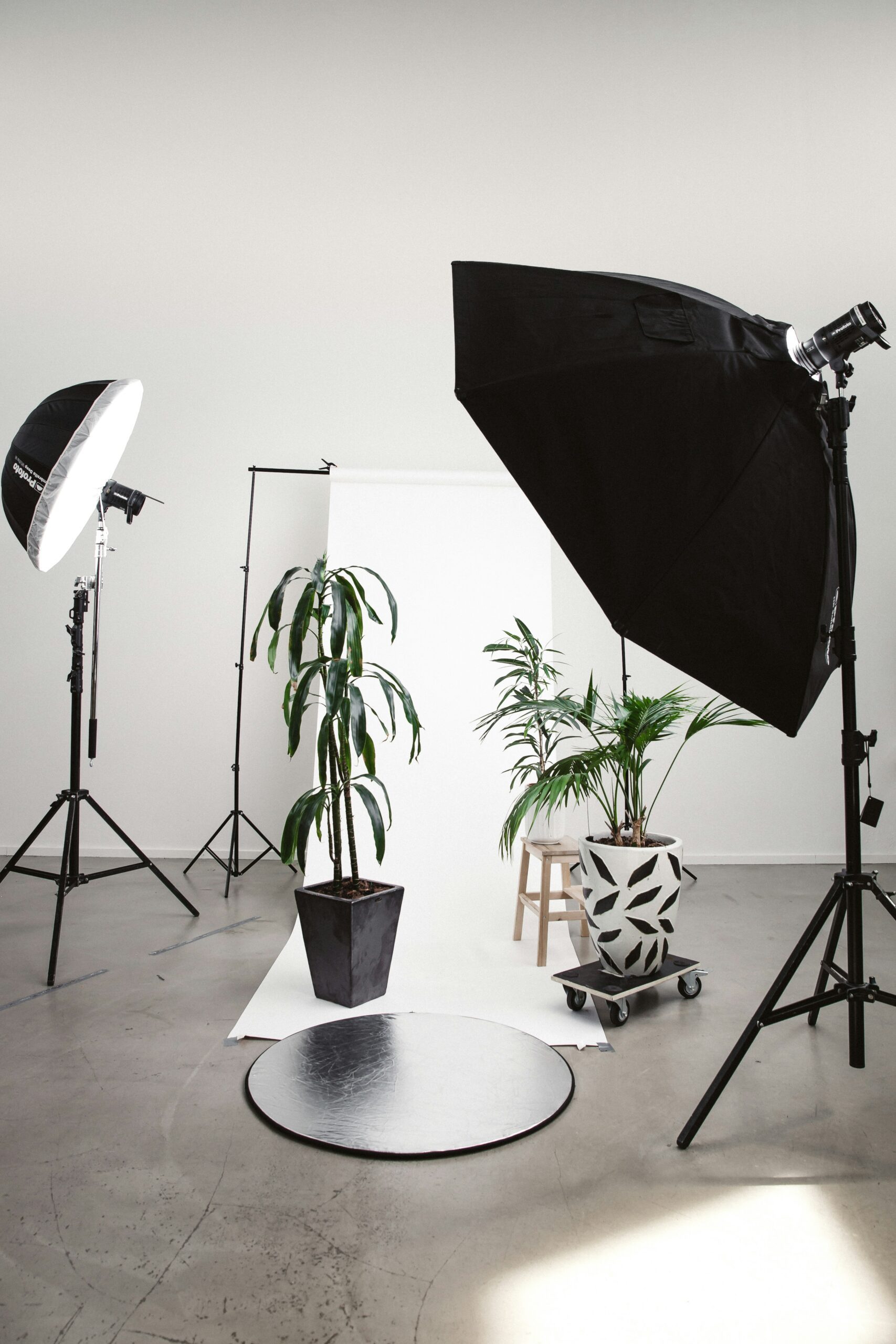
Working with Skateboarders
Establishing Rapport
When photographing or filming skateboarders, it’s essential to establish a rapport and build a level of trust. Approach skaters in a friendly and respectful manner, expressing your interest in documenting their skills and progress. Show genuine enthusiasm for the sport and the skater’s abilities, and let them know that you aim to capture their talent in the best possible way. Establishing a positive relationship will not only make the skater more comfortable in front of the camera but also enable you to capture more authentic and emotive shots.
Understanding Skateboarding Terminology
To effectively communicate and collaborate with skateboarders, it’s beneficial to have a basic understanding of skateboarding terminology. Familiarize yourself with common trick names, such as ollies, kickflips, and grinds, as well as relevant skateboarding jargon. This knowledge will allow you to better understand the skater’s goals, anticipate their movements, and provide clear directions when needed. It also shows your commitment and interest in the skateboarding culture, fostering a stronger connection with the skaters you work with.
Capturing Authentic Emotion
Skateboarding is a highly emotive and expressive activity. As a skateboarding photographer or videographer, strive to capture the authentic emotions and energy that skaters bring to the sport. Observe their body language, facial expressions, and reactions to different situations, as these elements can tell powerful stories. Candid shots can often convey a sense of raw emotion, so be ready to capture those spontaneous moments. Encourage skaters to let loose and express themselves, creating an environment where they feel comfortable being themselves in front of the camera.
Collaborating with Skaters
Collaboration with skaters is essential for creating impactful skateboarding photography and videography. Involve the skaters in the creative process and discuss their ideas and visions. They possess unique insights into the sport and may offer suggestions for capturing specific tricks or incorporating their preferred locations. By listening to their input and incorporating their perspectives, you can create a more authentic representation of their skateboarding journey. Collaborating also fosters a sense of ownership and pride in the final product, strengthening your relationship with the skateboarding community.
Editing and Post-Processing
Organizing and Sorting Files
After a skateboarding photography or videography session, it’s essential to organize and sort your files to streamline your editing workflow. Create a clear folder structure on your computer or storage device, categorizing your files by date, location, or skater’s name. Utilize software or applications that allow you to add keywords and tags to your photos or videos, making it easier to search and locate specific files later. By staying organized from the start, you can save time and avoid the frustration of searching through countless images or videos.
Culling and Selecting the Best Shots
When selecting images or footage to edit from a skateboarding session, be diligent in your culling process. Eliminate duplicate or near-identical shots and focus on selecting the best frames that capture the skater’s skill, emotion, and overall story. Look for technically strong shots with sharp focus, good composition, and excellent timing. It’s crucial to be selective and prioritize quality over quantity, as showcasing only your best work will ensure a more impactful final edit.
Basic Adjustments and Enhancements
Once you’ve selected your best shots or footage, it’s time to make basic adjustments and enhancements during the editing process. This can include adjustment of exposure, white balance, contrast, and saturation to improve overall image quality. Additionally, consider making selective edits to highlight certain areas or to correct any distracting elements. While editing, keep in mind the desired mood or aesthetic and make adjustments accordingly. Remember to maintain a natural and authentic look, with edits that enhance the story and not overpower the original scene.
Creating Highlight Reels and Montages
To showcase the skater’s progress and skills effectively, consider creating highlight reels or montages from your edited footage. Highlight reels condense the best moments from multiple sessions or tricks and present them in a concise and visually engaging format. Montages can tell a story by combining footage from different sessions, showing the skater’s progression or journey over a period of time. Use creative editing techniques, such as time effects, transitions, and music, to enhance the overall impact and make the final product even more captivating.
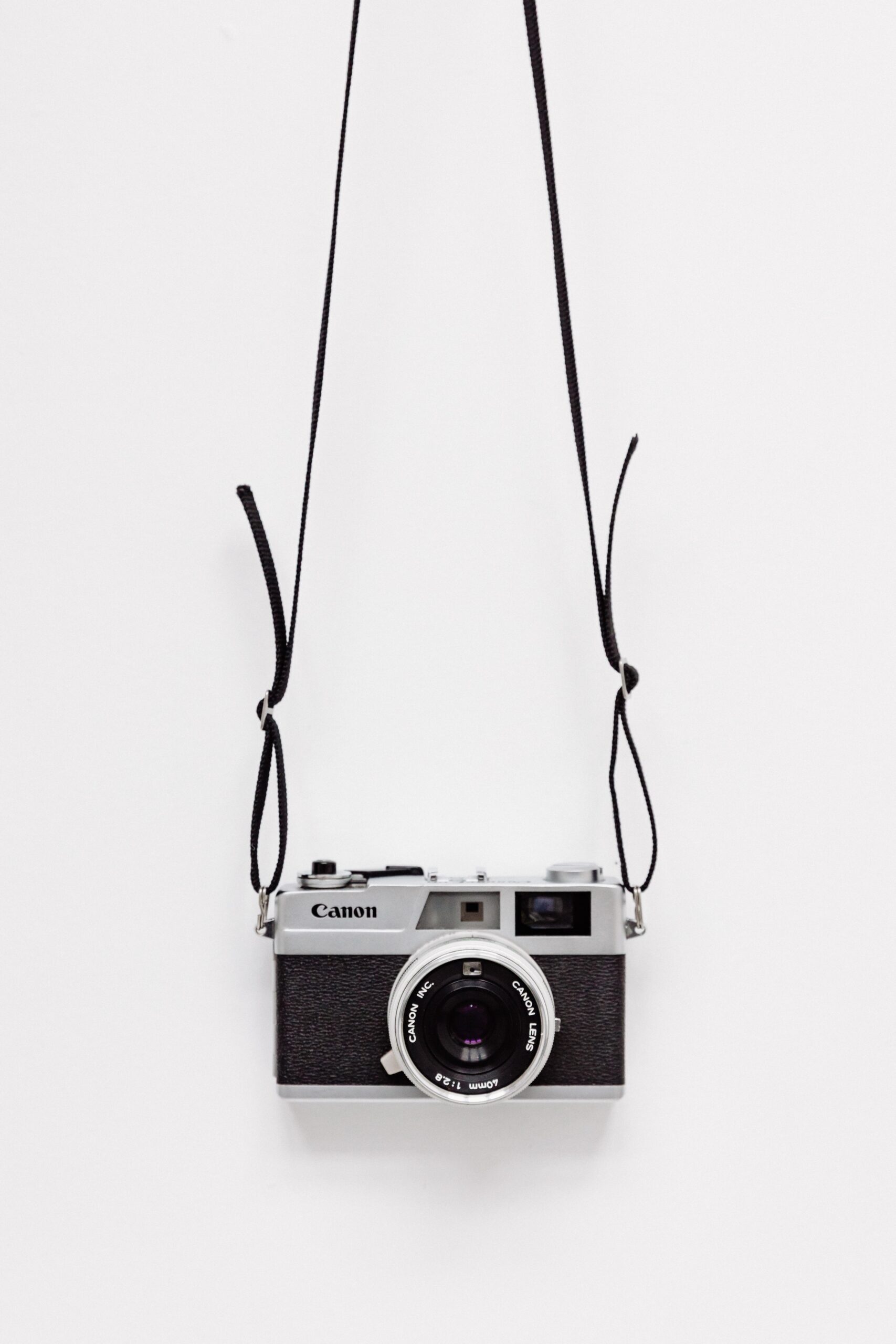
Videography Techniques
Filming From Different Angles
To create visually engaging skateboarding videos, experiment with filming from different angles. Utilize various camera positions, such as low angles, ground-level shots, or elevated viewpoints, to add visual interest and showcase the tricks from unique perspectives. Being creative with your angles can help capture the flow and style of the skater, adding depth and dimension to your footage. Mounting the camera on a skateboard or using a drone can also provide exciting angles that would otherwise be challenging to capture.
Utilizing Slow Motion and Time-lapse
Slow-motion footage is a powerful tool in skateboarding videography, allowing the viewer to appreciate and analyze the finer details of a trick. Use slow-motion selectively, emphasizing critical moments in the trick or showcasing the intricate footwork of the skater. Conversely, time-lapse techniques can condense longer periods of skateboarding activity into a short, visually compelling sequence. Time-lapses can be used to capture the transformation of a skate park, the setting up of obstacles, or the natural flow of skaters in an area over a specific period.
Adding Creative Transitions
Transitions are crucial elements in skateboarding videos as they help create a seamless flow between tricks or scenes. There are various creative ways to transition from one shot to another, such as wipes, fades, or match cuts. Match cuts can be particularly effective when transitioning between similar movements or tricks, creating a seamless visual connection that enhances the coherence of the video. Experiment with different transition techniques and strive to find ones that complement the overall style and mood of your skateboarding video.
Incorporating Music and Sound Effects
Music and sound effects play a significant role in setting the tone and atmosphere of your skateboarding videos. Select music that matches the pace and style of the skater’s tricks, creating an immersive and engaging experience for the viewer. Consider using sound effects, such as the sound of a skateboard rolling or the landing of a trick, to enhance the realism and impact of the footage. Ensure that the music and sound effects you use are properly licensed and adhere to copyright laws to avoid any legal issues.
Sharing and Promoting Your Work
Choosing the Right Platforms
Once you’ve created captivating skateboarding photography and videography, it’s time to share and promote your work. Choose the right platforms to showcase your content, such as your personal website, social media platforms, or skateboarding communities and forums. Your website can serve as a comprehensive portfolio, showcasing your best work and providing potential clients or collaborators with an easy way to contact you. Social media platforms, such as Instagram, YouTube, or Vimeo, offer a vast audience and allow you to connect with other skateboarding enthusiasts and industry professionals.
Leveraging Social Media
Social media platforms are powerful tools for reaching a broader audience and building a following for your skateboarding photography and videography. Utilize hashtags related to skateboarding, specific tricks, or locations to increase the visibility of your content and attract like-minded individuals. Engage with the skateboarding community by commenting on others’ posts, joining relevant groups or discussions, and collaborating with other photographers or videographers. Consistency is key on social media, so regularly post new content, interact with your followers, and respond to comments or messages promptly.
Engaging with the Skateboarding Community
To establish a presence within the skateboarding community, actively engage with skaters and fellow skateboard photography and videography enthusiasts. Attend local skateboarding events and competitions, where you can interact with skaters, capture exciting moments, and network with industry professionals. Build connections with skateboarding shops and brands, as they may be interested in featuring your work or collaborating on future projects. By immersing yourself in the community, you show a genuine passion for skateboarding and increase your chances of gaining recognition for your photography or videography skills.
Collaborating with Brands and Skaters
Collaborating with skateboarders and brands can provide exciting opportunities to expand your skateboarding photography and videography portfolio. Reach out to local skaters or skateboarding teams and propose collaborative projects. By offering to document their tricks or sponsorships, you can build a mutually beneficial partnership that allows you to capture authentic and engaging content while providing exposure for the skaters. Collaborating with skateboarding brands can also open doors to exciting projects and sponsorships, as they may require professional visual content for their marketing campaigns or social media presence.
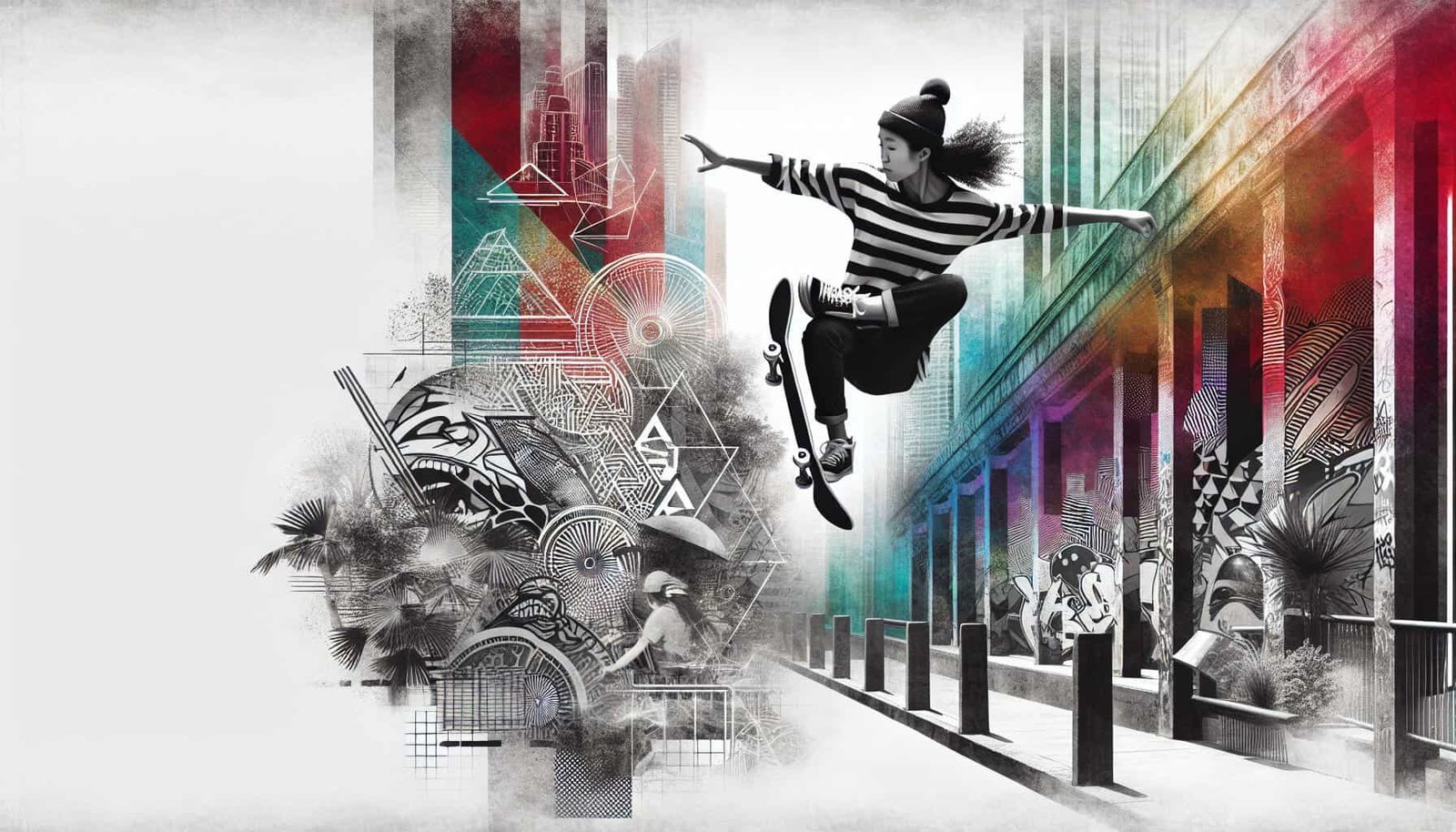
Continuous Learning and Improvement
Studying and Analyzing Influential Skateboarding Photographers and Videographers
To continuously improve your skateboarding photography and videography skills, study the work of influential photographers and videographers in the skateboarding industry. Analyze their techniques, composition choices, and storytelling methods. Pay attention to how they capture the essence and energy of skateboarding, and incorporate these insights into your own work. By studying the masters of the craft, you can gain inspiration, refine your technical skills, and develop your unique style.
Experimenting with Different Techniques
Don’t be afraid to push the boundaries and experiment with different techniques in your skateboarding photography and videography. Try unconventional camera angles, unique lighting setups, or experimental editing styles. Embrace the creative process and don’t be discouraged by the occasional failure or unsuccessful attempt. Creativity and innovation often stem from taking risks and stepping out of your comfort zone. Through experimentation, you can discover new approaches and perspectives that set your work apart.
Seeking Feedback and Critiques
Seeking feedback and critiques from peers, mentors, or fellow skateboarding photographers and videographers is invaluable in your journey of improvement. Share your work with trusted individuals who can provide constructive criticism and offer suggestions for growth. Be open to receiving feedback, as it can help you identify areas where you can refine your techniques or storytelling abilities. Actively participating in photography or videography communities, online forums, or workshops can also provide valuable opportunities for receiving feedback and learning from others in the field.
Attending Skateboarding Events and Competitions
Attending skateboarding events and competitions is an excellent way to enhance your skateboarding photography and videography skills. These events offer dynamic and visually captivating moments that can challenge and inspire you as a photographer or videographer. Capture the excitement and energy of the skaters, experiment with different techniques, and immerse yourself in the vibrant skateboarding culture. Networking opportunities at these events can also open doors for collaborations or partnerships with skaters, brands, or event organizers, providing further avenues for growth and exposure.
Maintaining Safety and Respect
Respecting Skateboarders’ Privacy and Boundaries
Respecting the privacy and boundaries of skateboarders is crucial in skateboarding photography and videography. Obtain verbal consent from skaters before taking their picture or filming them. If they express discomfort or ask not to be filmed or photographed, be respectful and honor their wishes. Avoid capturing and sharing images or footage that depict skaters in vulnerable or compromising situations without their explicit consent. Prioritize the safety and well-being of the skaters over capturing the perfect shot or video.
Following Skate Park Rules and Regulations
When photographing or filming at skate parks, it’s essential to familiarize yourself with and adhere to the specific rules and regulations of each park. These rules are in place to ensure the safety and enjoyment of all park users. Respect the designated areas for photography or videography, and be mindful of skaters’ personal spaces. Avoid obstructing lines of sight or impeding the flow of skaters. By following the rules and regulations, you contribute to maintaining a positive relationship between photographers or videographers and the skateboarding community.
Being Aware of Surroundings for Personal Safety
While capturing skateboarding photography and videography, it’s crucial to prioritize personal safety. Be aware of your surroundings at all times, especially when shooting in crowded or high-traffic areas. Maintain a safe distance from skaters to avoid collisions and be mindful of potential obstacles or hazards. Avoid distracting the skaters or interfering with their concentration during tricks to prevent accidents or injuries. Always carry the necessary safety gear, such as helmets or kneepads, when shooting in potentially risky environments.
Ensuring Consent and Permission for Publication
When sharing your skateboarding photography and videography publicly, it’s essential to ensure that you have obtained the necessary consent and permissions from the skaters involved. If you plan to sell or use the images or footage for commercial purposes, a signed model release form may be required. Respect skaters’ rights to their own image and privacy, and be transparent about your intentions with the content you capture. Openly communicate and obtain the necessary permissions to avoid any legal or ethical issues surrounding the publication of your work.
